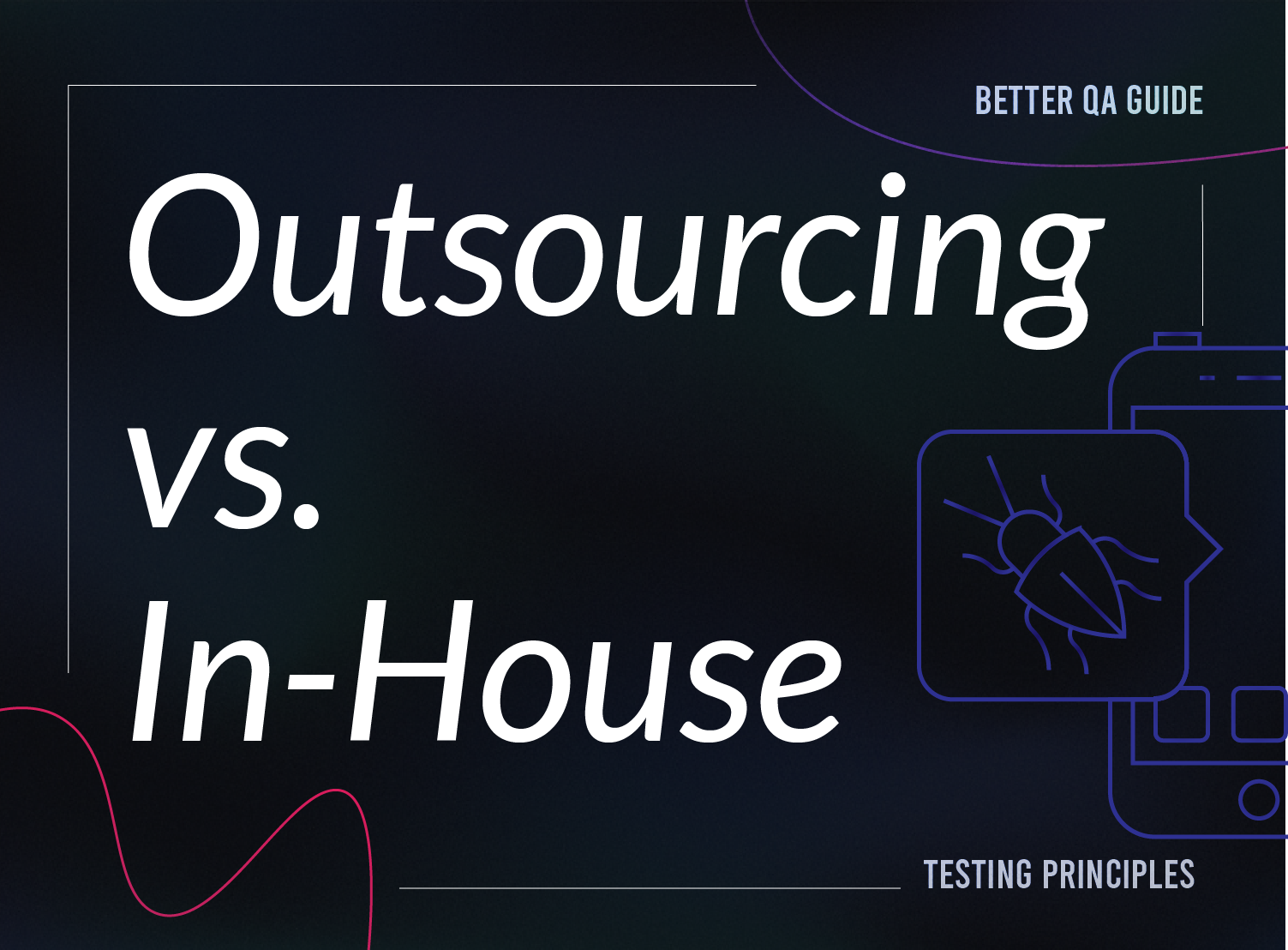It’s 2023, and we return with a new entry in our Bugs of the Month series for the latter part of Q4 2022. Let’s hope the new year will bring even more bug hunt results to help us deliver functional products. BUG #1: Event schedule errors Project context: An application that runs through Microsoft Teams....









